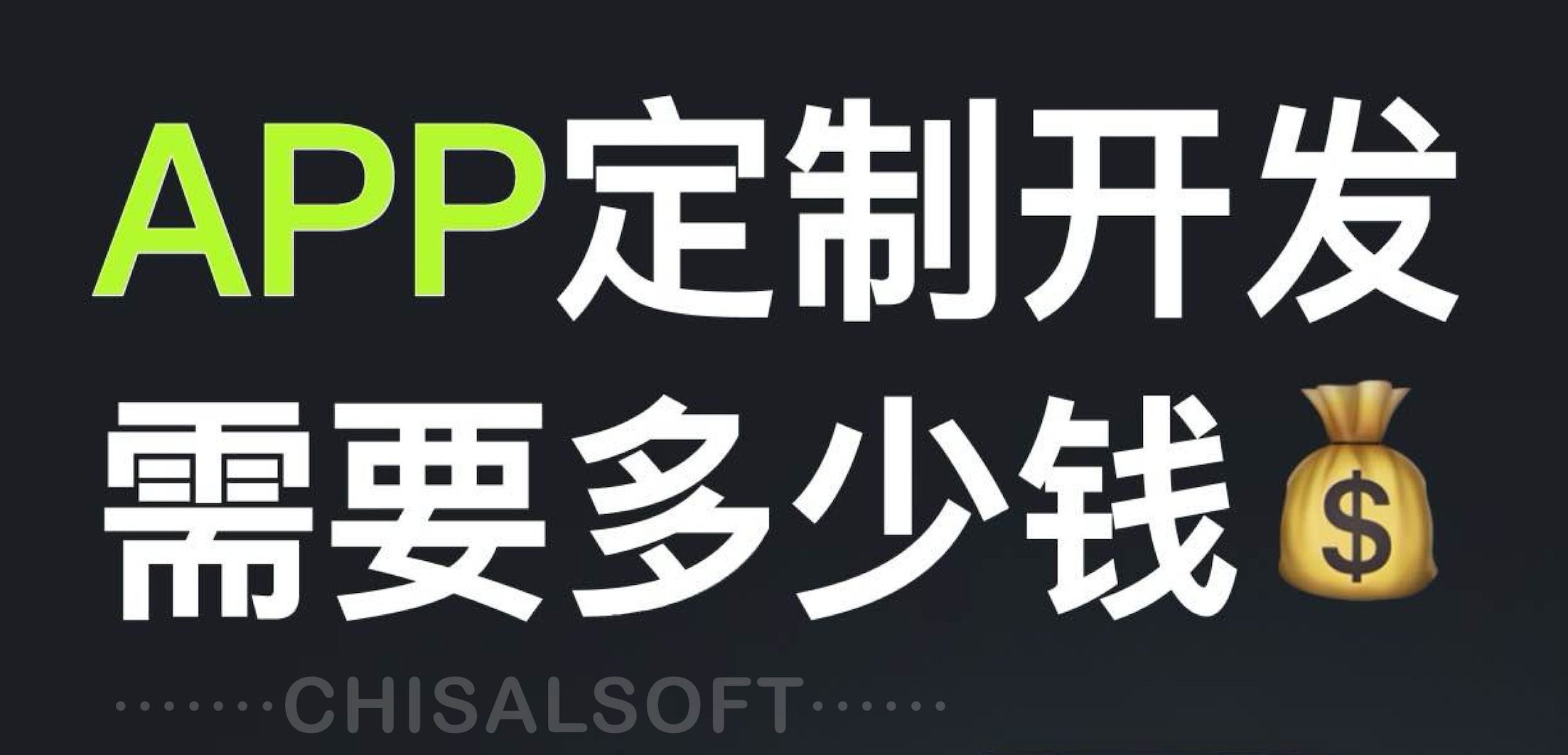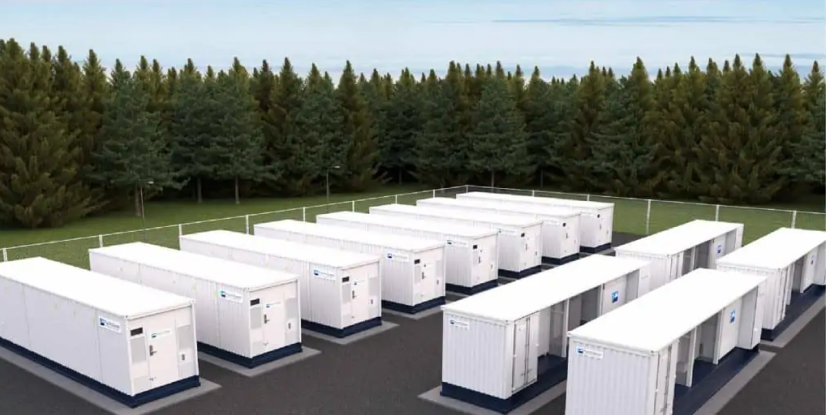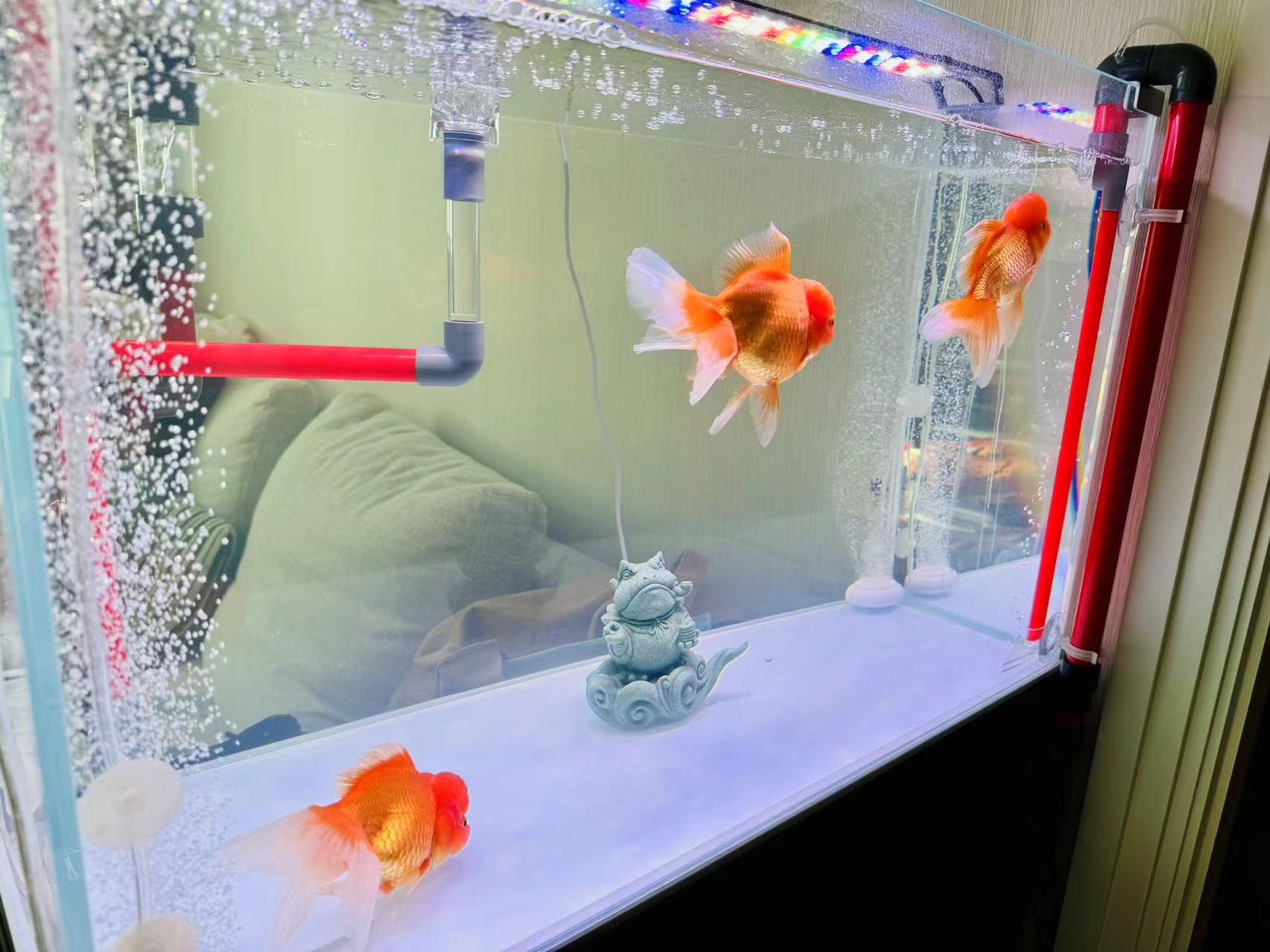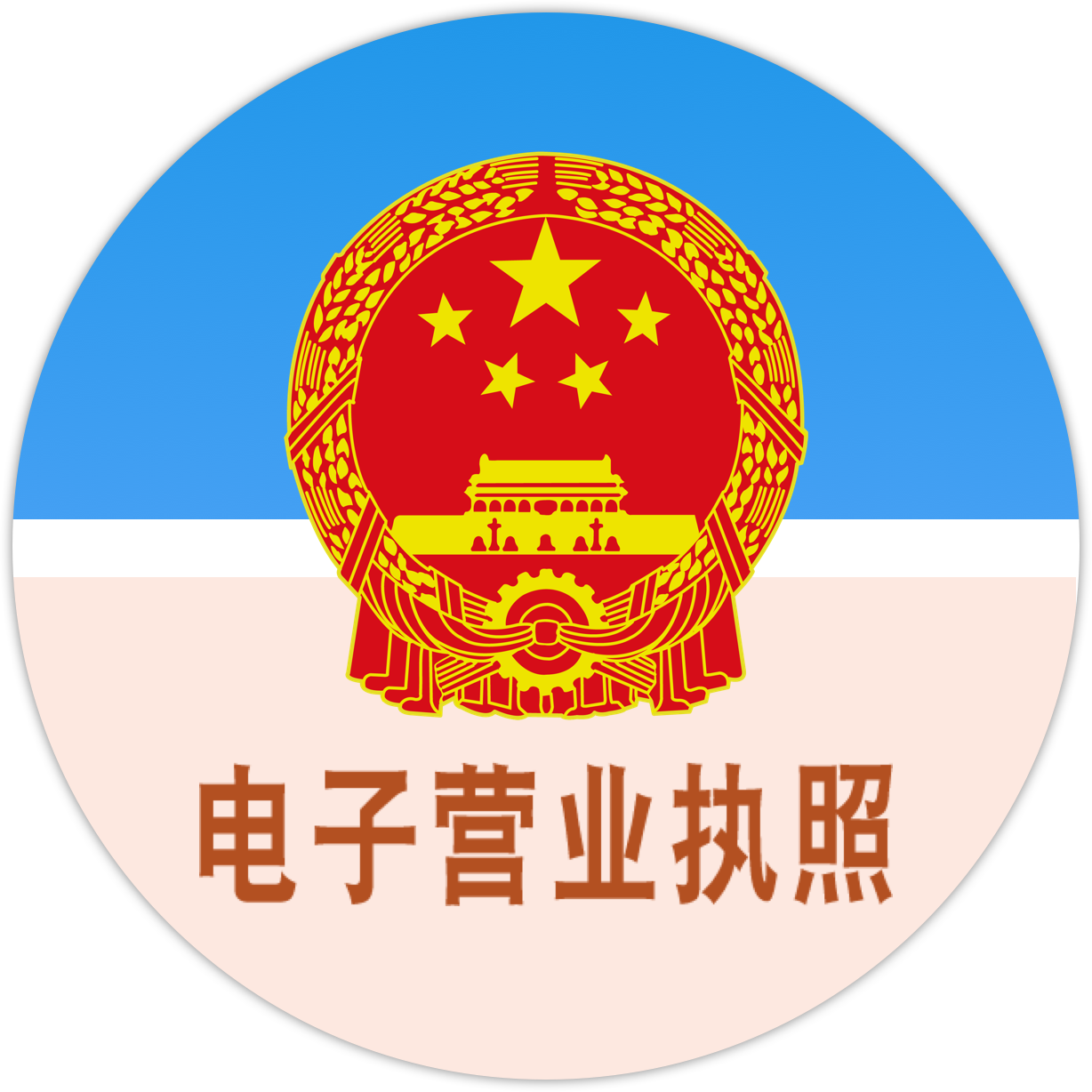概述
對於客戶端——伺服器端應 用,從遠端獲取圖片算是經常要用的一個功能,而圖片資源往往會消耗比較大的流量,對應用來說,如果處理不好這個問題,那會讓使用者很崩潰,不知不覺手機流量
就用完了,等使用者發現是你的應用消耗掉了他手機流量的話,那麼可想而知你的應用將面臨什麼樣的命運。
另外一個問題就是載入速度,如果應用中圖片載入速度很慢的話,那麼使用者同樣會等到崩潰。
那麼如何處理好圖片資源的獲取和管理呢?
非同步下載
本地快取
非同步下載
大家都知道,在
android應用中UI執行緒5秒沒響應的話就會丟擲無響應異常,對於遠端獲取大的資源來說,這種異常還是很容易就會拋出來的,那麼怎麼避免這種問題的產生。在
android中提供兩種方法來做這件事情:
啟動一個新的執行緒來獲取資源,完成後通過Handler機制傳送訊息,並在UI執行緒中處理訊息,從而達到在非同步執行緒中獲取圖片,然後通過Handler
Message來更新UI執行緒的過程。
具體的做法這裏就不介紹了,查下API就可以了,或者是google、baidu下。這裏主要來說本地快取。
本地快取
對於圖片資源來說,你不可能讓應用每次獲取的時候都重新到遠端去下載(ListView),這樣會浪費資源,但是你又不能讓所有圖片資源都放到記憶體
中去(雖然這樣載入會比較快),因為圖片資源往往會佔用很大的記憶體空間,容易導致OOM。那麼如果下載下來的圖片儲存到SDCard中,下次直接從
SDCard上去獲取呢?這也是一種做法,我看了下,還是有不少應用採用這種方式的。採用LRU等一些演算法可以保證sdcard被佔用的空間只有一小部
分,這樣既保證了圖片的載入、節省了流量、又使SDCard的空間只佔用了一小部分。另外一種做法是資源直接儲存在記憶體中,然後設定過期時間和LRU規 則。
sdcard儲存:
在sdcard上開闢一定的空間,需要先判斷sdcard上剩餘空間是否足夠,如果足夠的話就可以開闢一些空間,比如10M
當需要獲取圖片時,就先從sdcard上的目錄中去找,如果找到的話,使用該圖片,並更新圖片最後被使用的時間。如果找不到,通過URL去download
去伺服器端下載圖片,如果下載成功了,放入到sdcard上,並使用,如果失敗了,應該有重試機制。比如3次。
下載成功後儲存到sdcard上,需要先判斷10M空間是否已經用完,如果沒有用完就儲存,如果空間不足就根據LRU規則刪除一些最近沒有被使用者的資源。
關鍵程式碼:
儲存圖片到SD卡上
private void saveBmpToSd(Bitmap bm, Stringurl) {
if (bm == null) {
Log.w(TAG, ” trying to
savenull bitmap”);
return;
}
//判斷sdcard上的空間
if (FREE_SD_SPACE_NEEDED_TO_CACHE
>freeSpaceOnSd()) {
Log.w(TAG, “Low free space
onsd, do not cache”);
return;
}
String filename =convertUrlToFileName(url);
String dir = getDirectory(filename);
File file = new File(dir +”/” +
filename);
try {
file.createNewFile();
OutputStream outStream =
newFileOutputStream(file);
bm.compress(Bitmap.CompressFormat.JPEG, 100, outStream);
outStream.flush();
outStream.close();
Log.i(TAG, “Image saved
tosd”);
} catch (FileNotFoundException e) {
Log.w(TAG,”FileNotFoundException”);
} catch (IOException e) {
Log.w(TAG,”IOException”);
}
}
儲存圖片到SD卡上
private int freeSpaceOnSd() {
StatFs stat =
newStatFs(Environment.getExternalStorageDirectory() .getPath());
double sdFreeMB = ((double)stat.getAvailableBlocks()
* (double) stat.getBlockSize()) / MB;
return (int) sdFreeMB;
}修改檔案的最後修改時間
private void updateFileTime(String dir,String fileName) {
File file = new File(dir,fileName);
long newModifiedTime =System.currentTimeMillis();
file.setLastModified(newModifiedTime);
}
本地快取優化
private void removeCache(String dirPath) {
File dir = new File(dirPath);
File[] files = dir.listFiles();
if (files == null) {
return;
}
int dirSize = 0;
for (int i = 0; i < files.length;i++) {
if(files[i].getName().contains(WHOLESALE_CONV)) {
dirSize +=
files[i].length();
}
}
if (dirSize > CACHE_SIZE * MB
||FREE_SD_SPACE_NEEDED_TO_CACHE > freeSpaceOnSd()) {
int removeFactor = (int) ((0.4
*files.length) + 1);
Arrays.sort(files,
newFileLastModifSort());
Log.i(TAG, “Clear some
expiredcache files “);
for (int i = 0; i <removeFactor;
i++) {
if(files[i].getName().contains(WHOLESALE_CONV)) {
files[i].delete();
}
}
}
}
private void removeExpiredCache(StringdirPath, String filename) {
File file = new File(dirPath,filename);
if (System.currentTimeMillis() -file.lastModified()
> mTimeDiff) {
Log.i(TAG, “Clear some
expiredcache files “);
file.delete();
}
}
檔案使用時間排序
classFileLastModifSort implements Comparator<File>{
public int compare(File arg0, File arg1) {
if (arg0.lastModified() >arg1.lastModified()) {
return 1;
} else if (arg0.lastModified() ==arg1.lastModified())
{
return 0;
} else {
return -1;
}
}
}
記憶體儲存:
在記憶體中儲存的話,只能儲存一定的量,而不能一直往裏面放,需要設定資料的過期時間、LRU等演算法。這裏有一個方法是把常用的資料放到一個快取中
(A),不常用的放到另外一個快取中(B)。當要獲取資料時先從A中去獲取,如果A中不存在那麼再去B中獲取。B中的資料主要是A中LRU出來的資料,這
裡的記憶體回收主要針對B記憶體,從而保持A中的資料可以有效的被命中。1.先定義A快取:
private final HashMap<String, Bitmap>mHardBitmapCache = new
LinkedHashMap<String, Bitmap>(HARD_CACHE_CAPACITY/ 2, 0.75f, true) {
@Override
protected
booleanremoveEldestEntry(LinkedHashMap.Entry<String, Bitmap> eldest) {
if (size() >HARD_CACHE_CAPACITY)
{
//當map的size大於30時,把最近不常用的key放到mSoftBitmapCache中,從而保證mHardBitmapCache的效率
mSoftBitmapCache.put(eldest.getKey(),
newSoftReference<Bitmap>(eldest.getValue()));
return true;
} else
return false;
}
};
2.再定於B快取:
private final staticConcurrentHashMap<String,
SoftReference<Bitmap>> mSoftBitmapCache =new
ConcurrentHashMap<String,SoftReference<Bitmap>>(HARD_CACHE_CAPACITY /
2);3.從快取中獲取資料:
private Bitmap getBitmapFromCache(Stringurl) {
// 先從mHardBitmapCache快取中獲取
synchronized (mHardBitmapCache) {
final Bitmap bitmap
=mHardBitmapCache.get(url);
if (bitmap != null) {
//如果找到的話,把元素移到linkedhashmap的最前面,從而保證在LRU演算法中是最後被刪除
mHardBitmapCache.remove(url);
mHardBitmapCache.put(url,bitmap);
return bitmap;
}
}
//如果mHardBitmapCache中找不到,到mSoftBitmapCache中找
SoftReference<Bitmap>bitmapReference =
mSoftBitmapCache.get(url);
if (bitmapReference != null) {
final Bitmap bitmap
=bitmapReference.get();
if (bitmap != null) {
return bitmap;
} else {
mSoftBitmapCache.remove(url);
}
}
return null;
}4.如果快取中不存在,那麼就只能去伺服器端去下載:
class ImageDownloaderTask extendsAsyncTask<String, Void, Bitmap>
{
private static final int IO_BUFFER_SIZE= 4 * 1024;
private String url;
private finalWeakReference<ImageView>
imageViewReference;
public ImageDownloaderTask(ImageViewimageView) {
imageViewReference =
newWeakReference<ImageView>(imageView);
} @Override
protected BitmapdoInBackground(String… params)
{
url = params[0];
final HttpGet getRequest =
newHttpGet(url);
try {
HttpResponse
response =client.execute(getRequest);
final int
statusCode =response.getStatusLine().getStatusCode();
if (statusCode
!=HttpStatus.SC_OK) {
Log.w(TAG, “從” +url + “中下載圖片時出錯!,錯誤碼:” + statusCode);
return null;
}
final HttpEntity
entity =response.getEntity();
if (entity !=
null) {
InputStream inputStream =null;
OutputStream outputStream =null;
try {
inputStream =entity.getContent();
finalByteArrayOutputStream dataStream = new
ByteArrayOutputStream();
outputStream = newBufferedOutputStream(dataStream, IO_BUFFER_SIZE);
copy(inputStream,outputStream);
outputStream.flush();
final byte[] data =dataStream.toByteArray();
final Bitmap bitmap =BitmapFactory.decodeByteArray(data, 0, data.length);
return bitmap;
} finally {
if (inputStream !=null) {
inputStream.close();
}
if (outputStream !=null) {
outputStream.close();
}
entity.consumeContent();
}
}
} catch (IOException e) {
getRequest.abort();
Log.w(TAG,
“I/O errorwhile retrieving bitmap from ” + url, e);
} catch (IllegalStateException e) {
getRequest.abort();
Log.w(TAG,
“Incorrect URL:” + url);
} catch (Exception e) {
getRequest.abort();
Log.w(TAG,
“Error whileretrieving bitmap from ” + url, e);
} finally {
if (client !=
null) {
client.close();
}
}
return null;
}
這是兩種做法,還有一些應用在下載的時候使用了執行緒池和訊息佇列MQ,對於圖片下載的效率要更好一些。有興趣的同學可以看下。
總結
對於遠端圖片等相對比較大的資源一定要在非同步執行緒中去獲取
本地做快取
本文來自新浪部落格

 中國
中國 Global
Global




 電子營業執照
電子營業執照
 蘇公網安備 32059002004138號
蘇公網安備 32059002004138號